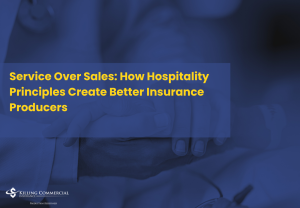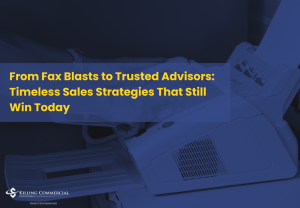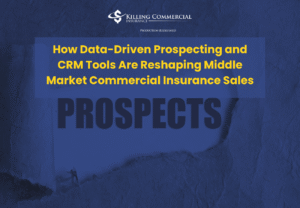
Service Over Sales: How Hospitality Principles Create Better Insurance Producers
That idea sits at the heart of a powerful conversation I had with Joe Hollier, better known as Mr. Hotel, on the Power Producers Podcast. Joe’s story is one that every producer can learn from. He started his career in hospitality, spent two decades working in restaurants and hotels, and eventually found his way into insurance. What he brought with him from hospitality turned out to be his biggest competitive advantage — the ability to understand people.









Responses